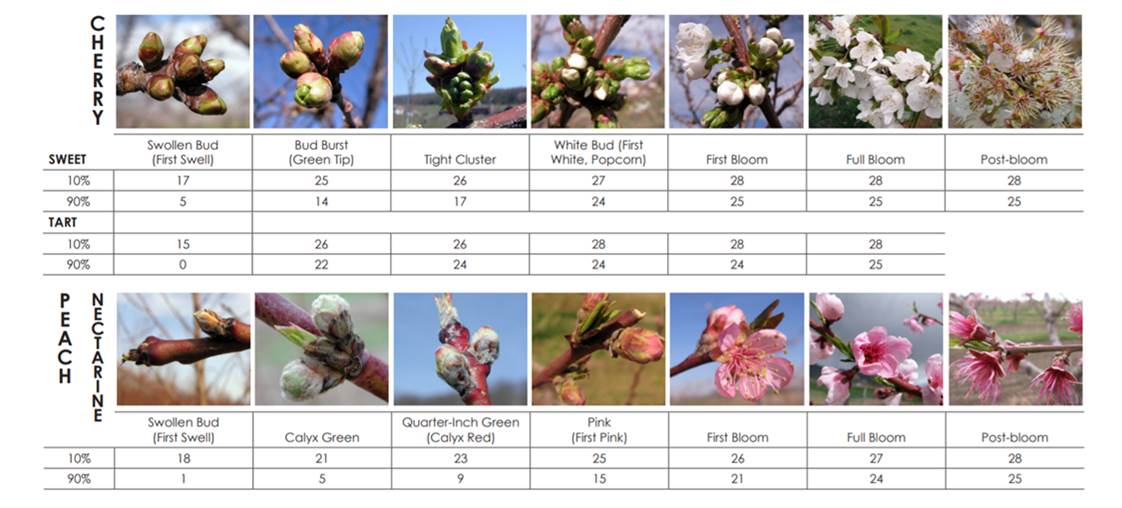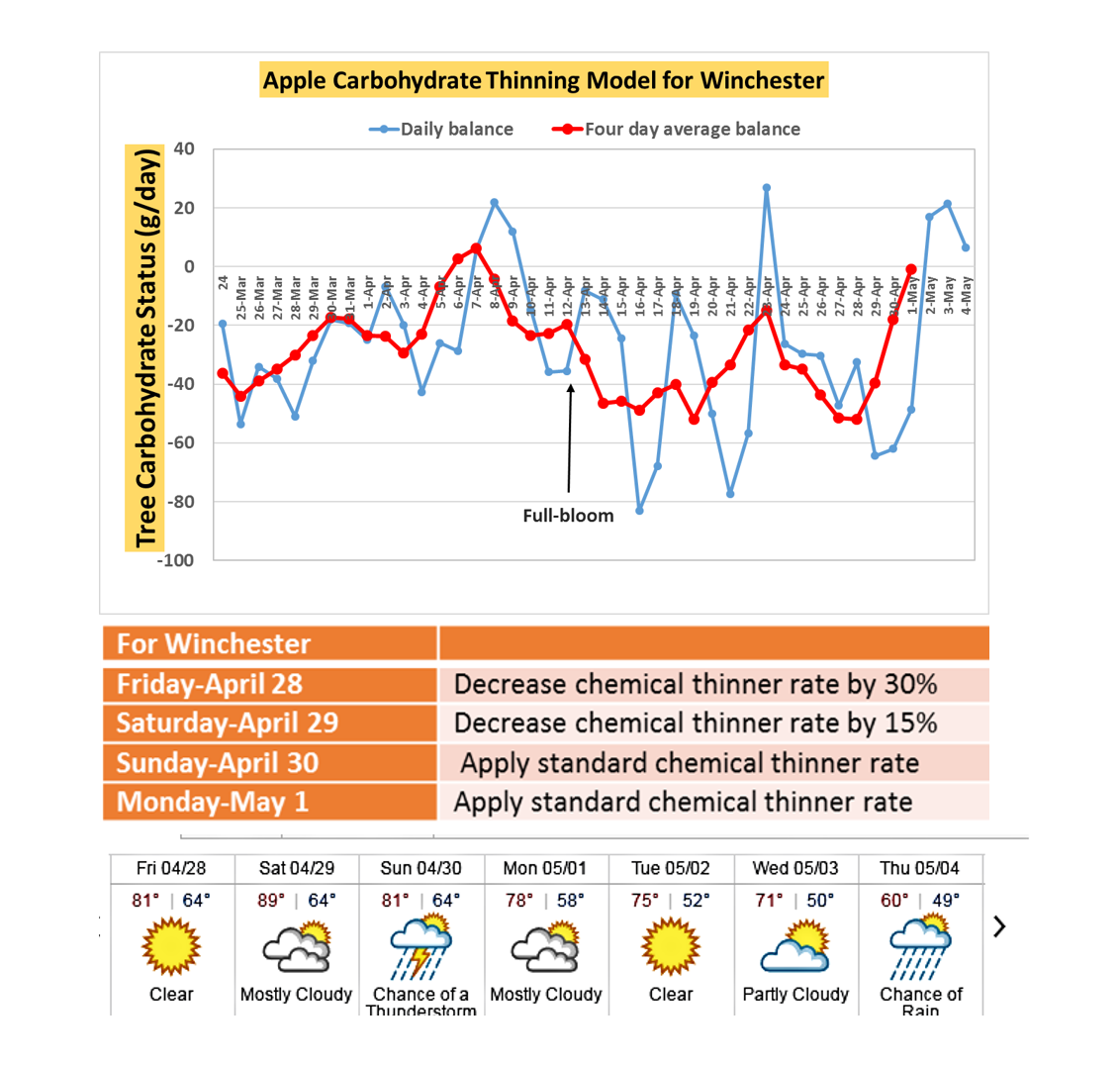Worker Protection Standard Meeting – May 10, 2017 1:00pm to 4:00pm at the Alson H. Smith, Jr. AREC in Winchester, VA
This is an opportunity to remind you of the revised Worker Protection Standards (WPS) and to provide resources from VDACS to address questions that you/we have on implementation of the revised standards. Personnel from VDACS’s Office of Pesticide Services, who are responsible for on-site compliance checks related to the WPS, will be on hand. These will be great opportunities to ask questions that you might have on the specific requirements of the revised WPS.
10 May 2017 (Wednesday)
1:00 – 4:00 pm
AHS Jr. Agricultural Research and Extension Center
595 Laurel Grove Rd., Winchester VA 22602
Topics:
- Seasonal viticultural updates, canopy management, nutrient management
- Seasonal pest management updates
- Discussion of revised Worker Protection Standards, time for questions and answers
- Vineyard walk-through for those interested
Directions from I-81: take Stephens City exit (Exit 307). Go west into Stephens City on Fairfax Street and proceed straight through the traffic light onto Rt. 631 (Fairfax Street becomes Marlboro Rd.) and continue west approximately 3.5 miles. Turn right (north) onto Middle Road (Rt. 628) at the “T”. Go 1.5 miles north on Middle Road and turn left (west) onto Laurel Grove Road (Rt.629). Go 0.8 miles to the AREC on the left.
Mark Sutphin
Extension Agent | Agriculture and Natural Resources, Horticulture | Unit Coordinator (Frederick)
Virginia Cooperative Extension – Frederick County Office | 107 North Kent Street | Winchester, VA 22601
Phone – 540.665.5699 | Fax – 540.722.8380 | Cell – 540.398.8148 | Email – mark.sutphin@vt.edu |http://offices.ext.vt.edu/frederick/
Serving the counties of Frederick, Clarke, Page, Shenandoah, & Warren
VIRGINIA POLYTECHNIC INSTITUTE AND STATE UNIVERSITY
Extension is a joint program of Virginia Tech, Virginia State University, the U.S. Department of Agriculture, and state and local governments.
















